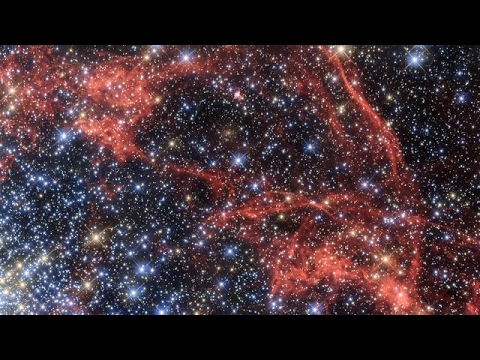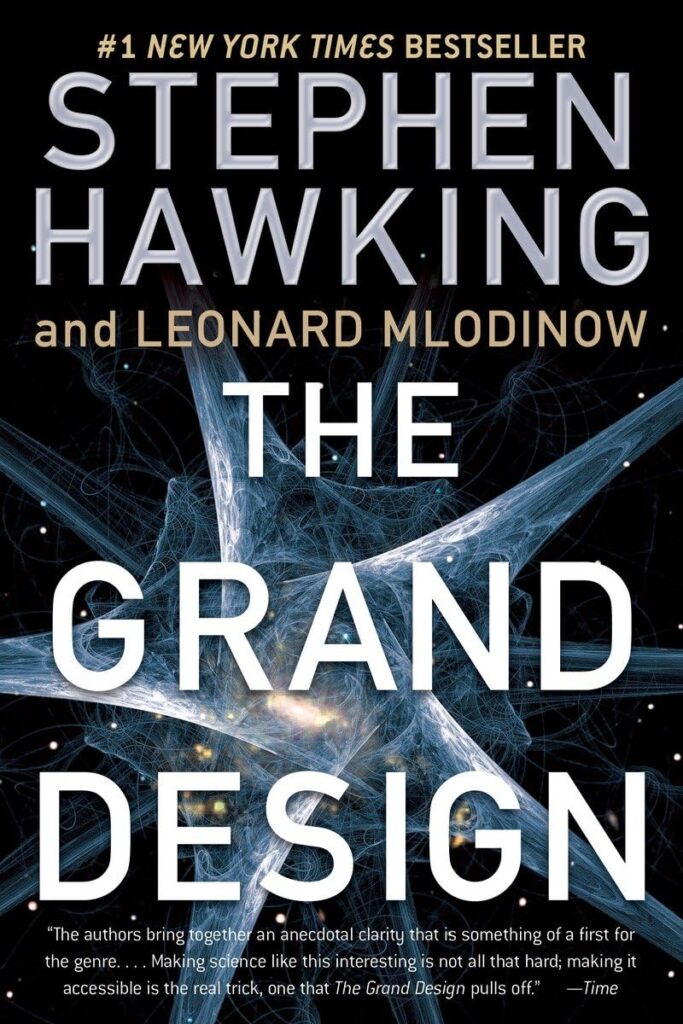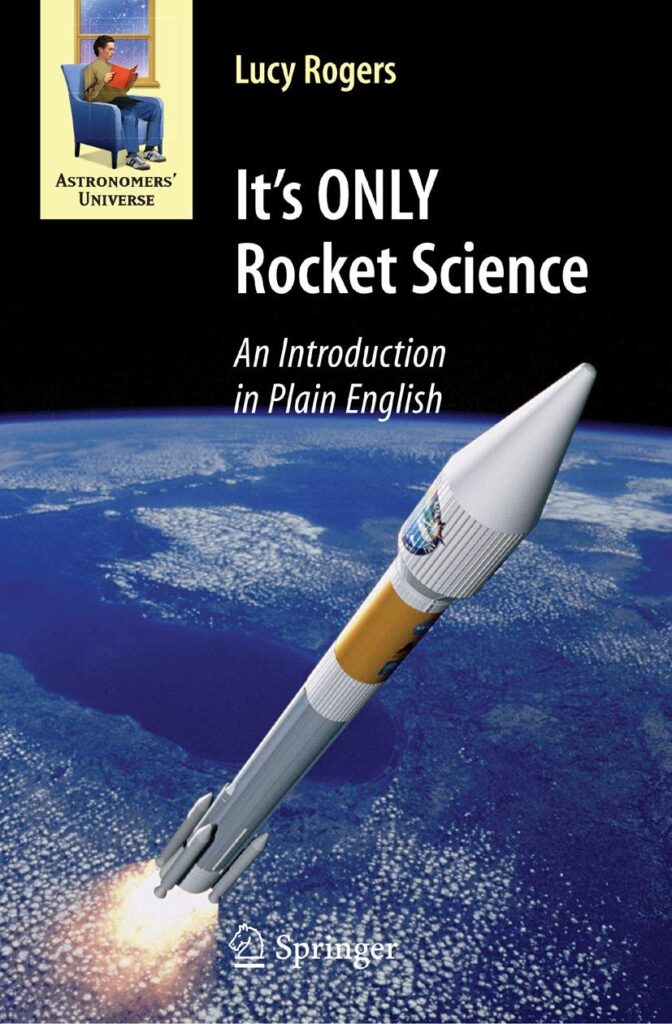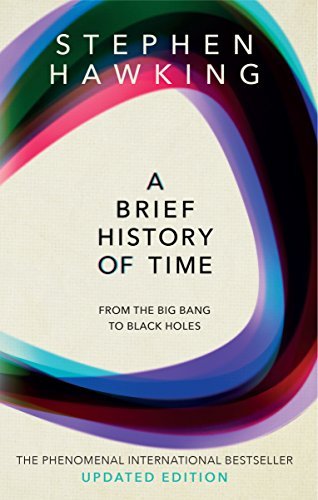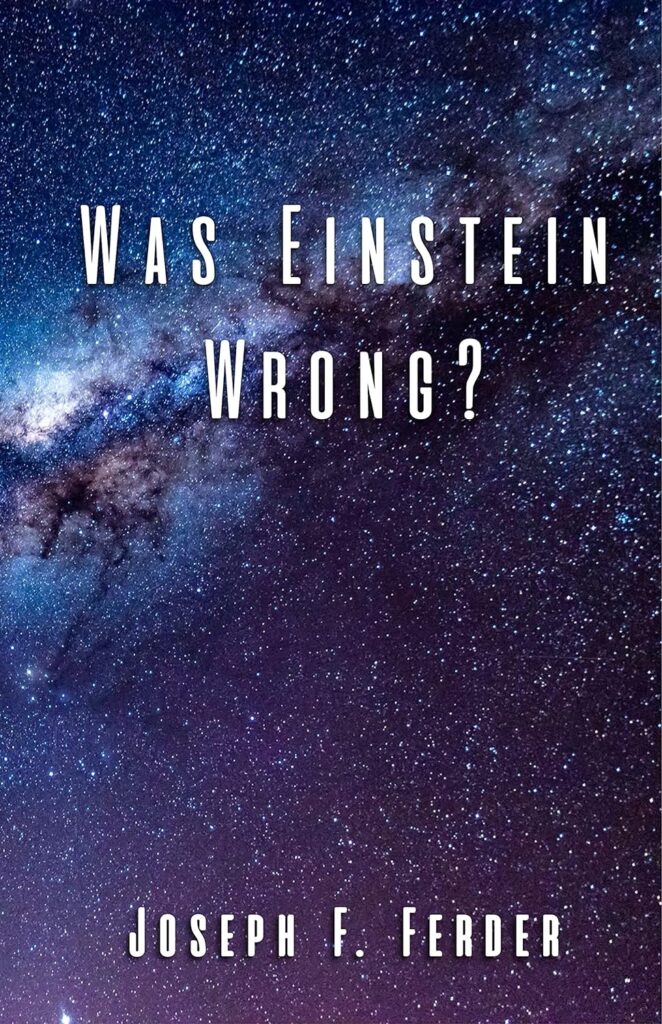Beyond Einstein: New Discoveries in Space-Time Physics
Since the time of Albert Einstein, our understanding of space-time physics has continued to evolve, leading to groundbreaking new discoveries that challenge our fundamental understanding of the universe. Beyond Einstein, a new frontier in physics has emerged, revealing insights into the nature of space, time, and the fabric of reality itself.
One of the key developments in space-time physics is the concept of dark matter and dark energy. These mysterious substances make up the vast majority of the universe’s mass and energy, yet they remain invisible and undetectable by conventional means. Dark matter exerts a gravitational pull on visible matter, holding galaxies together and shaping the large-scale structure of the cosmos. Dark energy, on the other hand, is responsible for the accelerated expansion of the universe, pushing galaxies apart at an ever-increasing rate.
Another exciting discovery in space-time physics is the detection of gravitational waves. Predicted by Einstein’s theory of general relativity, these ripples in the fabric of space-time are generated by cataclysmic events such as the collision of black holes or neutron stars. In 2015, the Laser Interferometer Gravitational-Wave Observatory (LIGO) made the first direct observation of gravitational waves, opening up a new window into the universe and confirming Einstein’s theory in a whole new way.
Additionally, researchers have been exploring the concept of multiverse theory, which posits that our universe is just one of many parallel universes that exist simultaneously. In these alternate realities, the laws of physics may be different, leading to a vast array of possible universes with unique properties and dimensions. While still speculative, the idea of a multiverse challenges our conventional notions of reality and raises intriguing questions about the nature of existence.
Beyond Einstein, researchers are also investigating the possibility of a unified theory of physics that can reconcile the disparate forces of nature, such as gravity, electromagnetism, and the strong and weak nuclear forces. Known as the theory of everything, this elusive framework would provide a complete description of the universe at all scales, from the smallest particles to the largest cosmic structures.
As we continue to push the boundaries of space-time physics, we are uncovering new layers of complexity and mystery in the universe. Beyond Einstein, the future of physics holds exciting possibilities for unlocking the secrets of the cosmos and expanding our understanding of the fundamental nature of reality. By exploring these new frontiers, we are poised to revolutionize our understanding of the universe and uncover the deepest truths about the nature of space, time, and the fabric of the cosmos.


